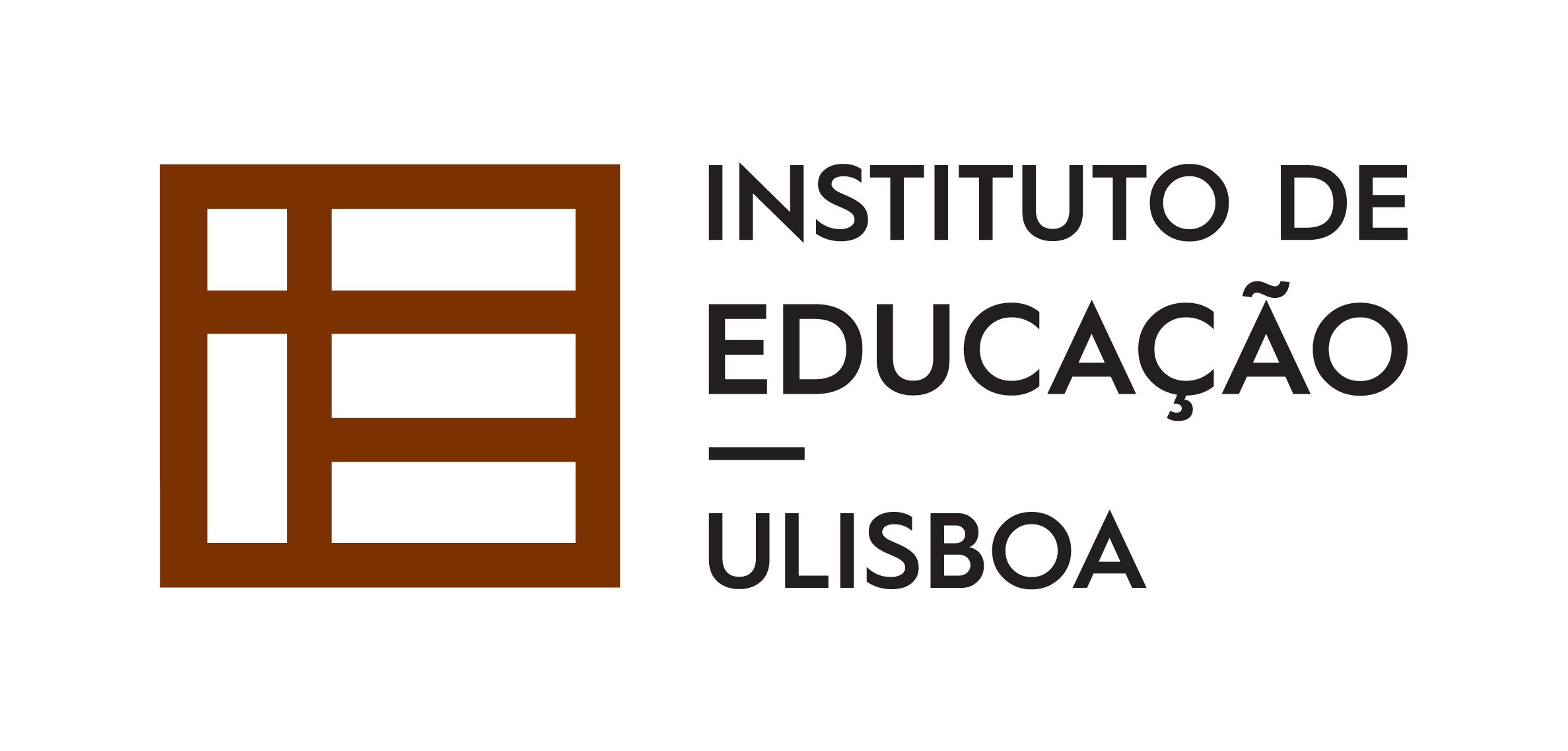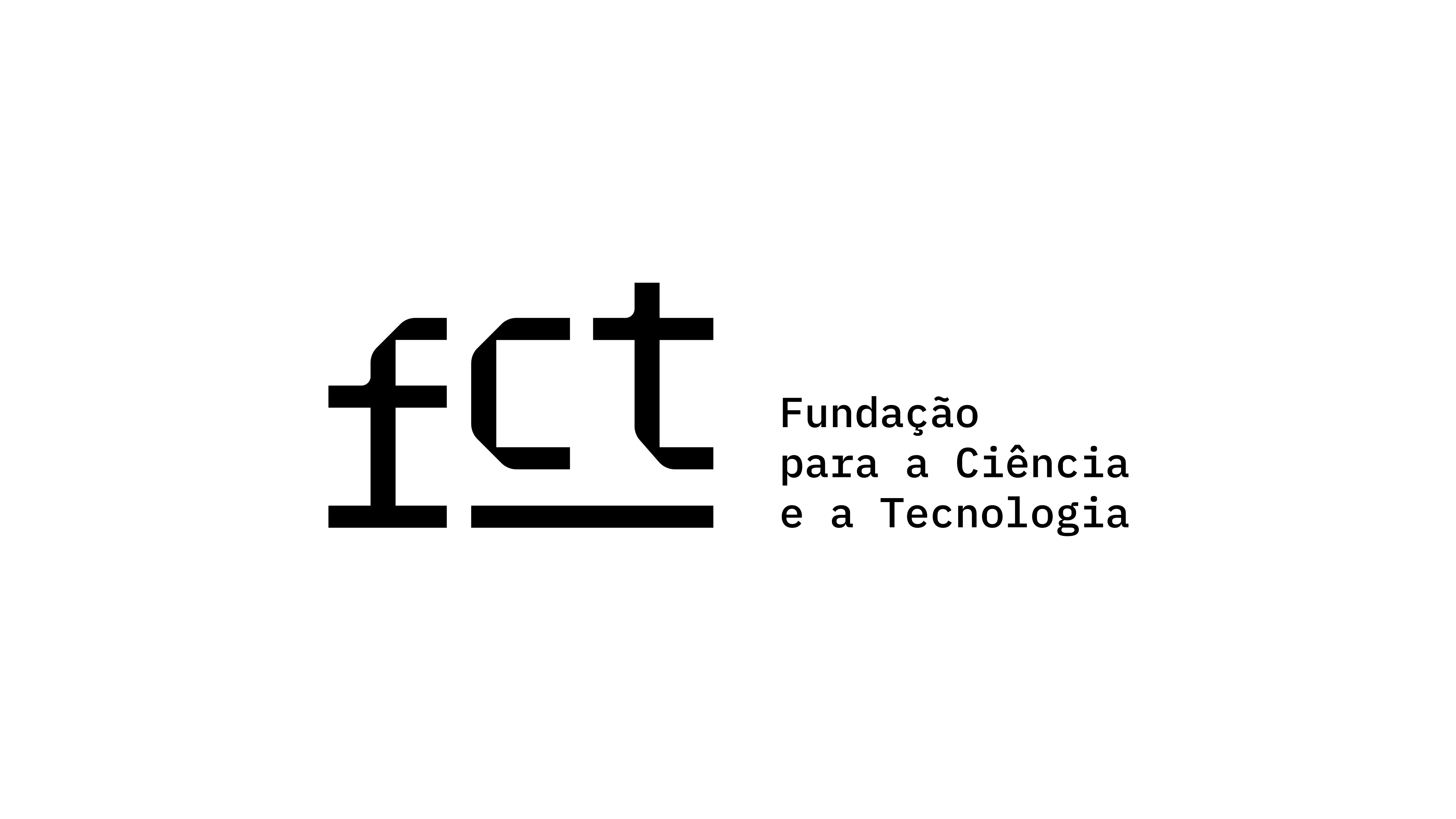Review Process
Peer Review Process
Double-blind peer review
This journal operates under a Double-Blind Peer Review Policy, either for articles submitted through our ongoing submissions procedure, or for those articles to be included in special issues (by invitation and/or self-proposal submissions).
So, when submitting an article, make sure that the uploaded document includes only the title (without any references to acknowledgments, financial support, authors’ names or affiliation) and that the text does not include self-references easily identified by readers. Anyway, the internal editorial process of the journal eliminates any data on the authors’ identity from the body of the original texts.
The selective process of submitted articles begins with the editorial analysis. The submitted papers are subject to a PRE-revision of the formal aspects of the proposal and their adequacy to Sisyphus’ main research lines [Education XXI and Change Forces in Education] and, eventually, to a specific special issue. This preliminary revision is undertaken by the Editors themselves and/or by guest editors if the article has been submitted to a specific special issue (either by invitation and/or self-proposal submissions). So, in the case of special issues, guest editors are expected to guarantee that the submitted papers comply with the journal’s editorial and publication guidelines and are also responsible for this preliminary review, in close connection with Sisyphus Editors.
If a paper overcomes this first phase (for special issues, this decision is discussed between guest editors and Sisyhus Editors, in order to guarantee its scientific quality and conformity to Sisyphus’ aims and scope), it will be evaluated by, at least, two independent reviewers, designated by Sisyphus Editors. This process is supervised by Sisyphus Editors themselves, complying with our Double-Blind Peer Review Policy. The reviewers suggest whether or not to accept the article for later publication, and if any revision is required. Reviewers are provided with Sisyphus editors’ general review guidelines and a Peer Review Form (see english version here).
The reviewers will be chosen according to the article’s main theme and therefore will be experts on the paper’s research domain. In case of relevant discrepancies between the two reviewers, the opinion of a third reviewer will be asked for. All articles submitted, by invitation or self-proposed, are treated with the same editorial procedure, with an Editors’ final decision being informed by the peer reviewers’ recommendations. Every year, a list of reviewers will be published.
The pre-review and peer review processes are entirely independent of each other.
Authors will be notified by email of the Editors’ decision on the acceptance, request for revision or rejection of the article. The whole process (from submission to this first editors’ decision) shall take no more than six months.
Reviewers’ comments will be sent to the authors when and if reformulation of the article is needed. Authors will subsequently have a deadline to submit the final version of the article (as a rule, no more than one month).
Authors may track the article on the journal submission system, at any moment along the process, and must wait for the editorial decision before changing any data or submitted documents.
__________________________________________________________________________________________
Review criteria
Sisyphus – Journal of Education only considers original articles for publication, explicitly on the strict condition that they have not yet been published, nor are they under consideration for publication elsewhere.
All submitted articles must be rigorous, technically precise, and should put forward a progressive perspective in relation to the state of the art. They should also elucidate and circumscribe the significance of the subject matter, as well as the conceptual and methodological orientations; the research enquiry; the revision of the correlative and most relevant publications on the subject; and the presentation of all results and conclusions. The manuscripts must be essentially problematical; that is, they should draw research vectors that open up new theoretical paths while suggesting methods to deal with intrinsic interrogations. They must also add new perspectives to current writings.
In order to be published, articles must focus on issues that can resonate with an international audience, which is why they should promote and be engaged in wide-ranging issues and debates that can be inscribed within a non-local and non-national agenda. The theoretical approach must be updated and internationally sanctioned (at least 50% of references from the last 5 years and also 50% of them indexed in SCOPUS and/or WoS).
Articles should not have more than five authors. In case of co-authored works, the articles must be submitted with a full description of each author specific contribution to the scientific output [following CRediT (Contributor Roles Taxonomy) methodology].




